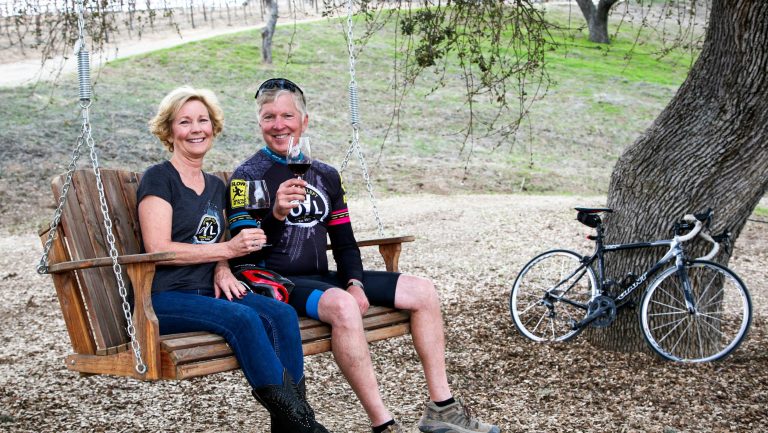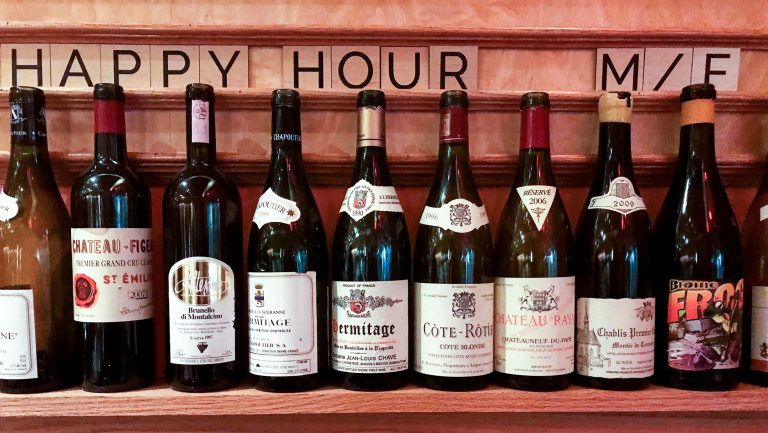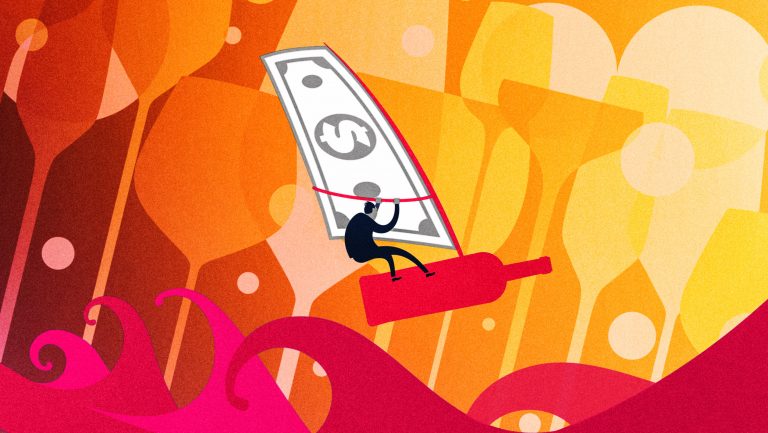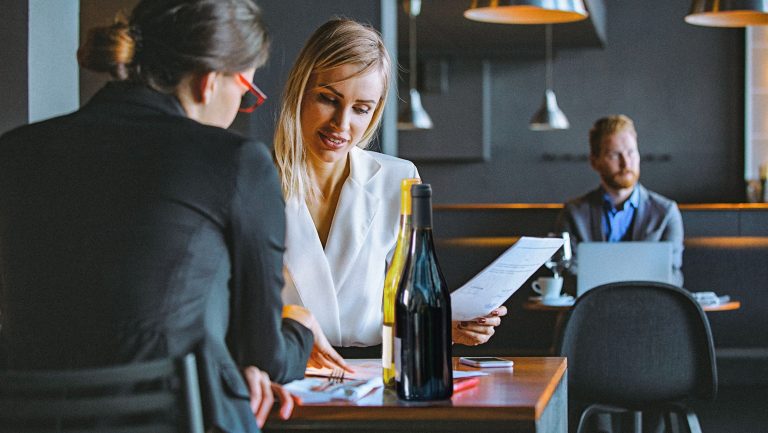Small wineries have become a pretty big deal. Some 42 percent of U.S. wineries produce fewer than 1,000 cases per vintage, according to Wines Vines Analytics, which classes them as “limited production” wineries. A further 38 percent are classed as “very small” (1,000 to 4,999 cases), while large wineries (500,000-plus cases) make up just 1 percent.
But the proliferation of small wineries, rather than posing a threat to the behemoths, indicates a highly competitive market and—with 4,105 limited production wineries as of July 2018—one in which it would be easy to become lost. Dotted about the country, tucked in remote corners and often without a brick-and-mortar presence, boutique wineries and garagiste winemakers face a struggle just to let customers know they exist.
Many don’t have the resources to build and staff a tasting room. The wineries whose production is the most limited simply don’t make enough wine to pour every weekend. For the one-person winemaking operation, the investment involved in rolling out a few hundred cases of Pinot Noir or Riesling each week often doesn’t make financial sense.

Don’t miss the latest drinks industry news and insights. Sign up for our award-winning newsletters and get insider intel, resources, and trends delivered to your inbox every week.
SevenFifty Daily spoke to several small U.S. wineries about operating without a tasting room—and their strategies for optimizing customer outreach without a physical storefront.
Join a Multi-Winery Tasting Room
From grand chateaus with labyrinthine cellars to sleek tasting rooms with verandas overlooking acres of vines—the Napa Valley in California isn’t exactly known for boutique winemaking. But the little guys are there, fermenting and blending in garages or custom-crushing their grapes at bigger wineries.
The disconnect between these small winemakers and their potential customers prompted Kim Erasmy and Garret Murphy to launch the Vintner’s Collective in 2002. In downtown Napa, it provides a storefront, bespoke tasting facility, and wine club management for around 20 limited-production wineries. “If you can’t pour much, having a tasting room doesn’t make financial sense,” says Erasmy. “Our objective is to expose people to these fantastic wines and to tell the vintners’ stories.”
At Paso Underground in Paso Robles, California, four winemakers rent space in a shared downtown tasting room, gaining exposure with minimal financial risk and lowered overheads. In Oregon, The Carlton Winemakers Studio takes the model further, combining custom-crush facilities with a collective tasting room under one roof.
Erasmy believes customers have an appetite for small-batch wines—it’s just a question of bringing vintners and enophiles together. She says, “People are not generally exposed to these wines.”
Show at Thematic Tasting Events
The nonprofit Garagiste Wine Festival was launched to amp up the exposure for small wineries and give maverick vintners a showcase for their handcrafted, and often left-field, wines. At four ticketed annual events across California, around 50 winemakers pour tastings of limited-production vintages. Less than 30 percent have tasting rooms.
“Most are mom-and-pop operations,” says festival cofounder Doug Minnick, who has his own boutique label, Hoi Polloi. “We are giving them a way to get their wines out to people who have identified themselves as being interested in these kinds of winemakers.”
One of those producers, Ray Schofield, makes 400 cases of his robust Cloak & Dagger reds and says he has no desire to scale up. The festival is his only customer-facing time. “This is my tasting room,” he says. “I can do all this myself. Once you start getting into overheads—I’m not interested in that.”
For Craig Lea and his wife, Cristie, whose Paso Robles winery On Your Left offers appointment-only tastings, the Garagiste events and others like it are crucial for exposure. “For the big wineries with high-end tasting rooms,”Lea says, “what they’re selling is the experience. The little guys can’t do that. You have to produce some pretty great wine to compete. And for half of these guys, the only place for people to taste that is at Garagiste.”
Some wineries make a virtue of being small and capitalize on the accompanying sense of exclusivity. In Oregon’s Yamhill-Carlton AVA, Sylvanus Estate arranges private tastings in people’s homes—a clever way to boost customer outreach without a brick-and-mortar operation. Domaine Nicolas-Jay in the Willamette Valley offers appointment tastings and wine club gatherings at a stand-alone tasting room in nearby Dundee.
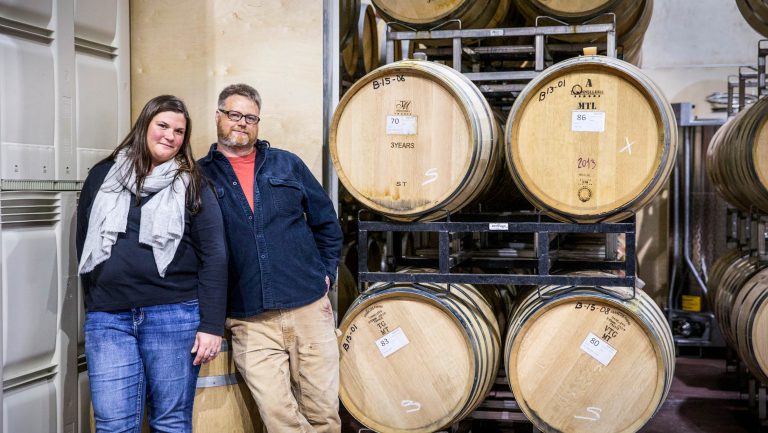
Build a Brand with a Virtual Storefront
Meg Murray and her winemaker husband, Jerry, produce rosé, Riesling, and Pinot Noir as Project M. “We are a completely virtual winery,” says Murray, “so it’s really about the sales and marketing.” The couple pours at small, targeted events, such as a recent rosé tasting at a local vineyard and a dinner for members of the Oregon Architectural Association. They also curate regular Small Producer Speakeasy events, inviting around half a dozen other small wineries to pour with them.
A combination of online marketing, social media, and asking other wineries to “spread the word” helps bring customers to their events. “You have to put yourself out there if you don’t have a physical location,” says Murray. “People want authentic, face-to-face experiences, and as small wineries, we have to find ways to make that happen.”
In Virginia, where winemakers rely heavily on agritourism, operating sans tasting room is especially tricky. “It’s critical for most of the wineries to sell out the front door, because that’s where most of the sales come from,” says Jake Busching, a veteran Charlottesville winemaker who launched his eponymous label in 2015 and produces up to 500 cases of Viognier and Cabernet Franc annually at a custom-crush facility.
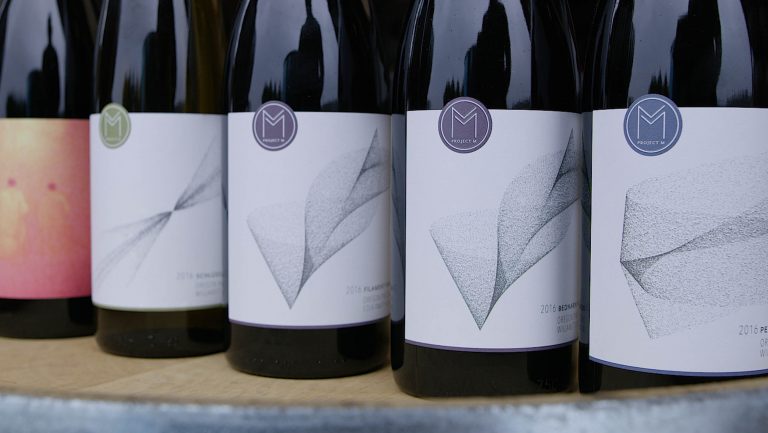
Without a tasting room, he says, “you need a virtual storefront.” For Busching, that means courting sommeliers and hosting “small scale” winemaker dinners in his home. “Social media is 80 percent of my marketing,” he adds. “I feed all social media through Instagram. It helps take [my wines] to a national and even international level.”
Busching is collaborating with another winery on a shared crush-and-tasting facility, and he has ambitions for a “bigger collective” with fellow maverick winemakers in the future. “It’s about getting people through the front door and into a case club,” he adds. “As a one-man show, the hardest part about making wine is selling it.”

Dispatch
Sign up for our award-winning newsletter
Don’t miss the latest drinks industry news and insights—delivered to your inbox every week.
Ella Buchan is a travel, food, and wine journalist who divides her time between the U.K. and Paso Robles, California. She has written for publications including Serious Eats, the Guardian, and BBC Travel and has a WSET Level 3 qualification in wine. Follow her global imbibing on Instagram: @travel_for_wine.

